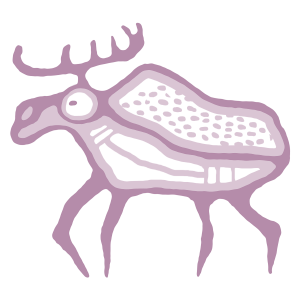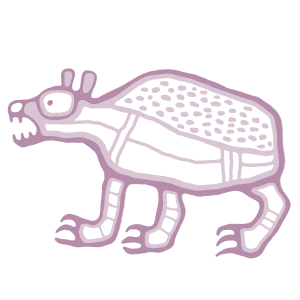Inequity
Income Disparity

The colonial practice of land dispossession that resulted in families and communities losing the ability to provide for the needs of their people, led to a dependence on the state, a state that continually refuses to ensure an adequate standard of living for Indigenous people. The perpetuation of inequity through the failed funding for infrastructure for communities living on reserves perpetuates income disparity. In addition, statistics for urban Indigenous people living below the poverty line exceeds that of non-Indigenous people. In the current COVID-19 pandemic, this leaves urban Indigenous people especially vulnerable.
Two reports that provide a comprehensive overview of the impact poverty has on Indigenous children are:
First Nations Child Poverty: A Literature Review and Analysis
Towards Justice: Tackling Indigenous Child Poverty in Canada
Failed Infrastructure
Education Inequity

The federal government is responsible for funding on-reserve schools, whereas children living off-reserve (Indigenous and non-Indigenous) are funded and educated by provincial and territorial systems. According to the Truth and Reconciliation Commission of Canada, on-reserve schools are significantly underfunded compared to provincial and territorial schools. This underfunding causes challenges in delivering contextually relevant education and many communities face inadequate infrastructure, lack of resources, and challenges in accessibility. There is also a lack of access to early childhood education programs in some communities.
Since many remote, northern reserves do not have high schools, some First Nations children (as young as 13) must travel a far distance from their community to attend school. To learn more, see: Full Story: Failing Canada’s First Nations Children.
Another challenge that many First Nations, Métis, and Inuit children and families face is access to culturally appropriate education that would contribute to language revitalization and cultural survival. Although there are some culturally appropriate programs in education, what is more important is that Indigenous peoples gain control over their education so it is designed and facilitated based on their community’s unique needs and aspirations.
Issues related to post-secondary education are addressed in the next chapter.
United Nations Declaration on the Rights of Indigenous Peoples (UNDRIP)


